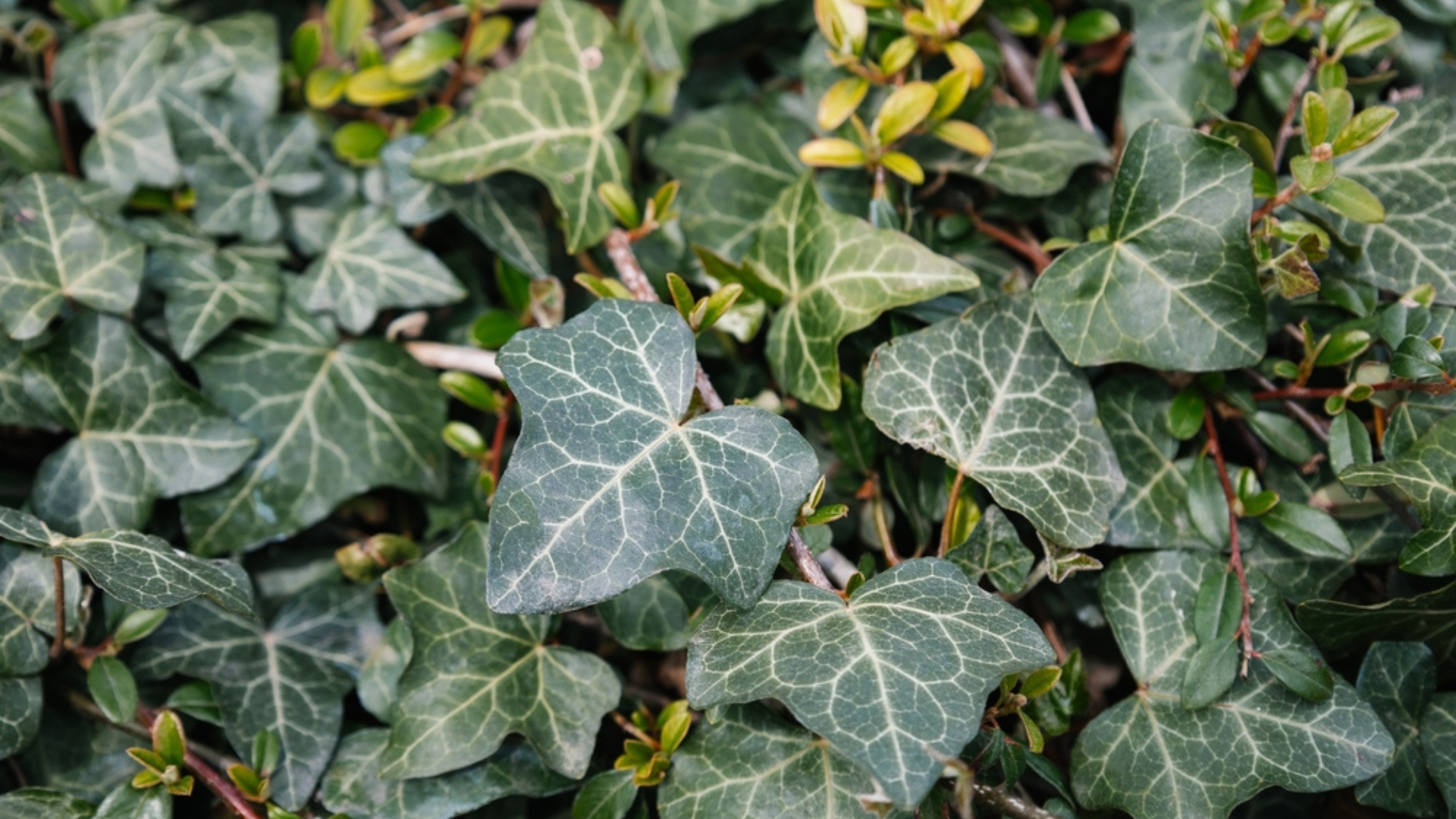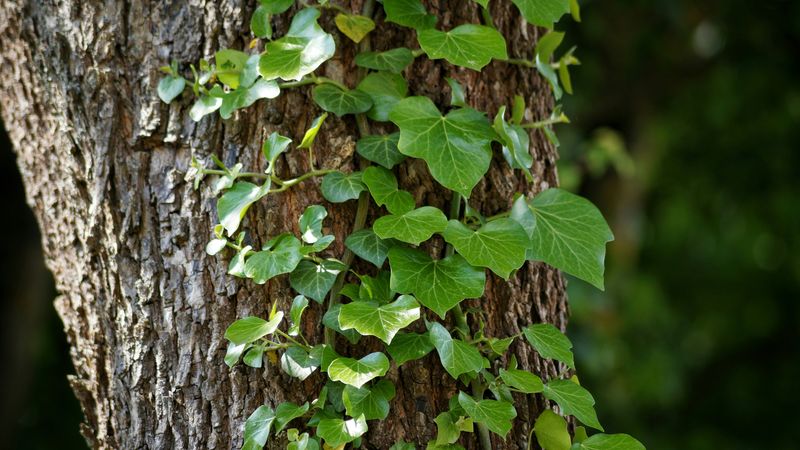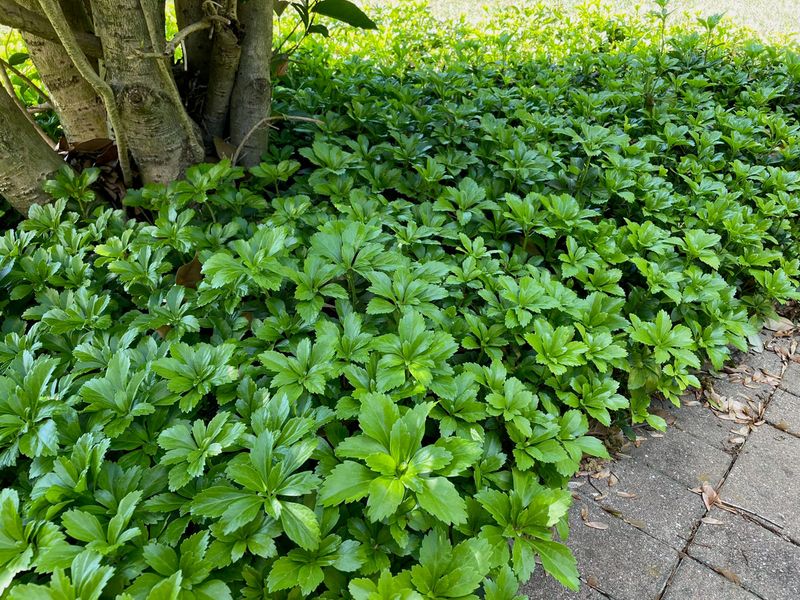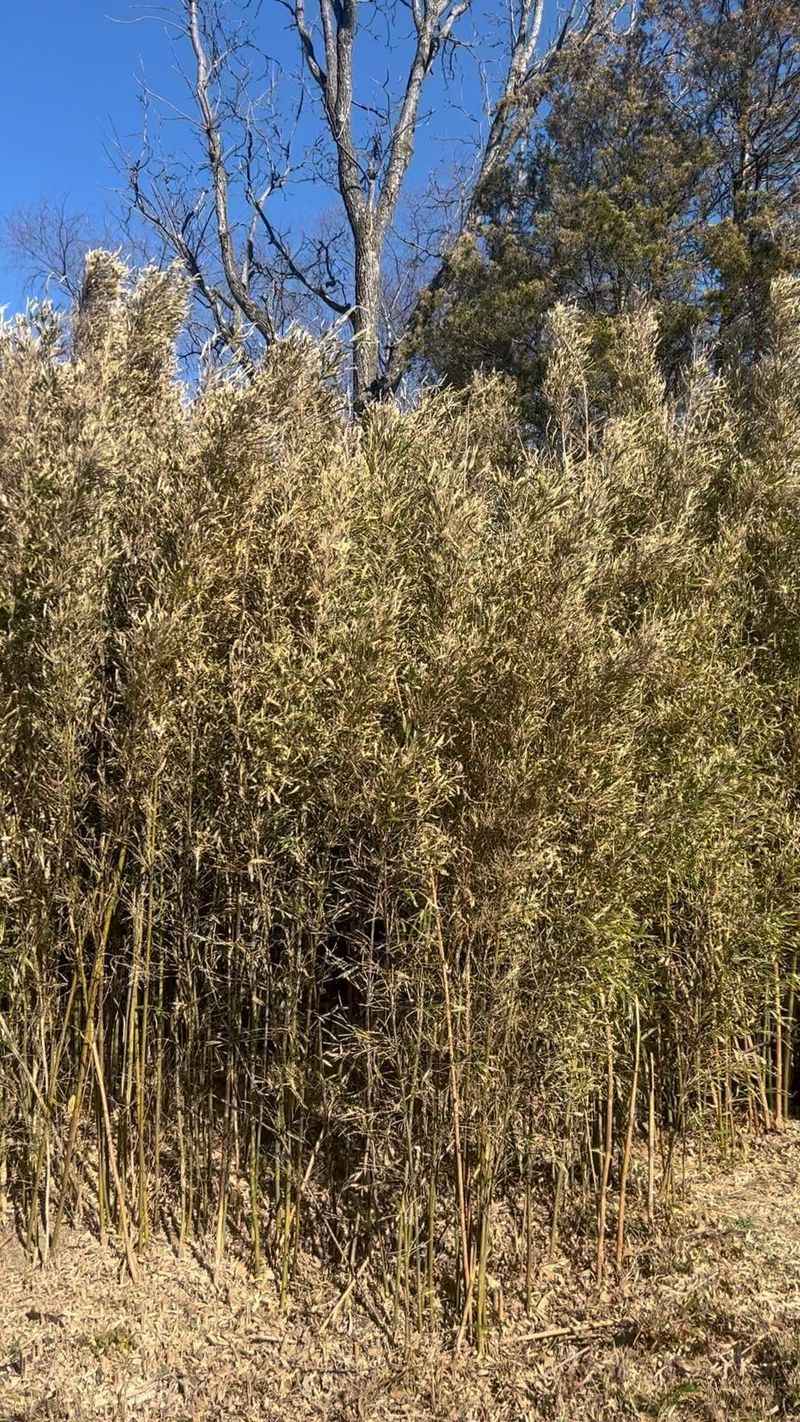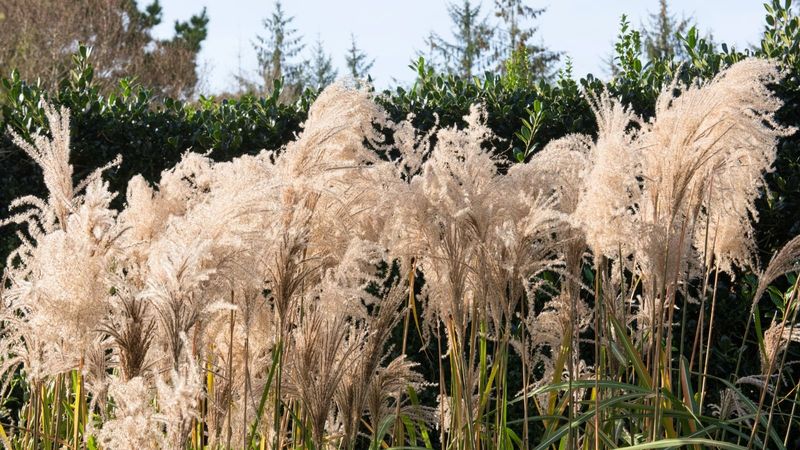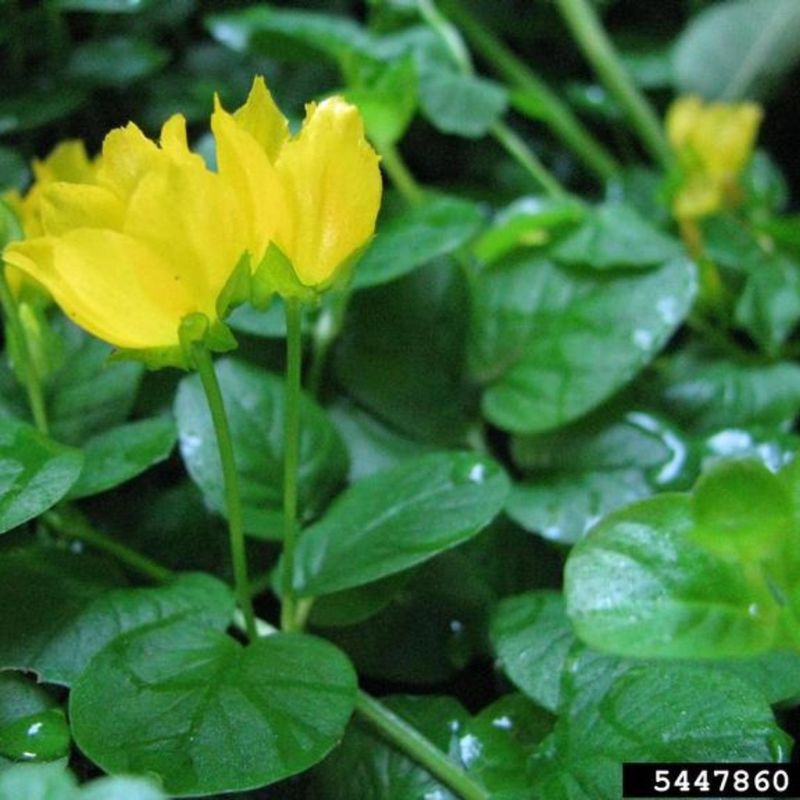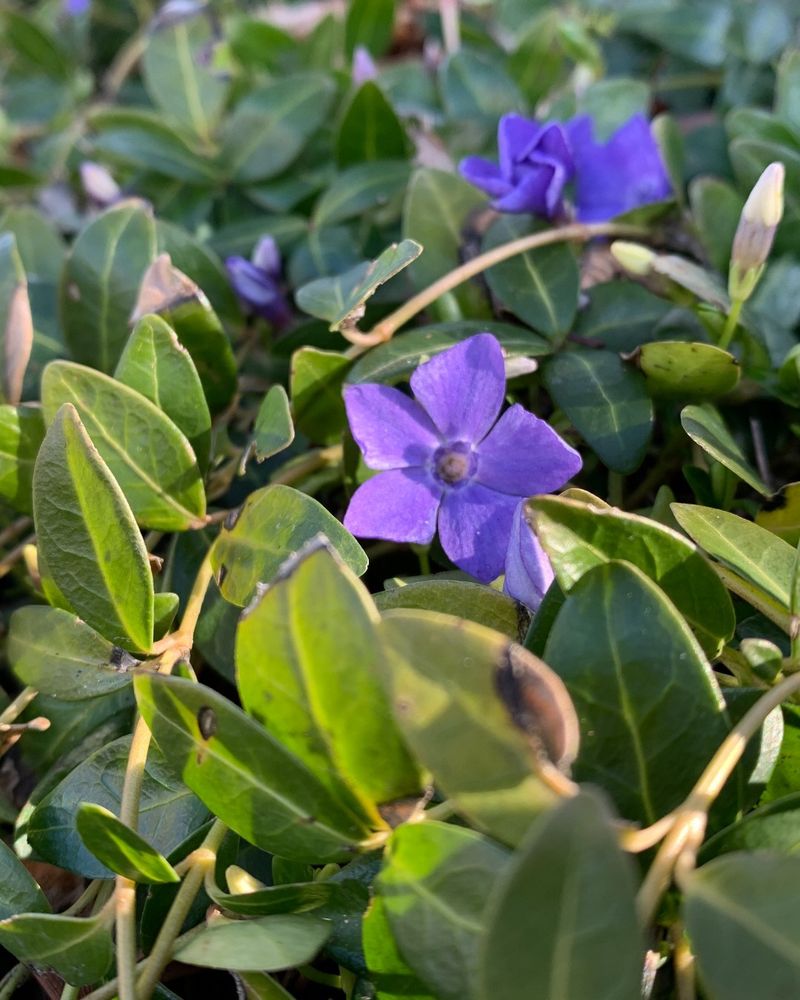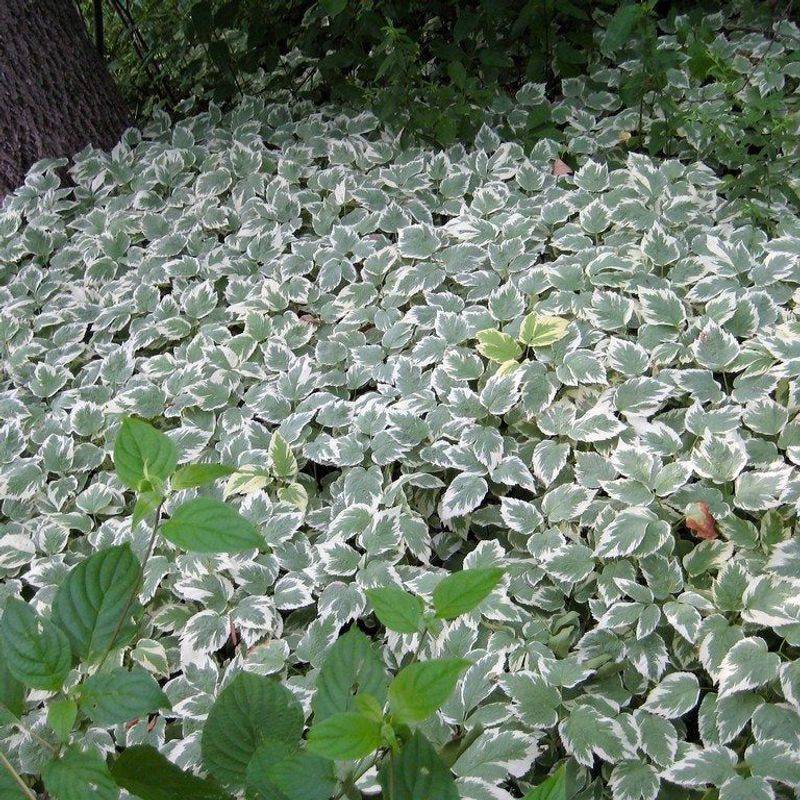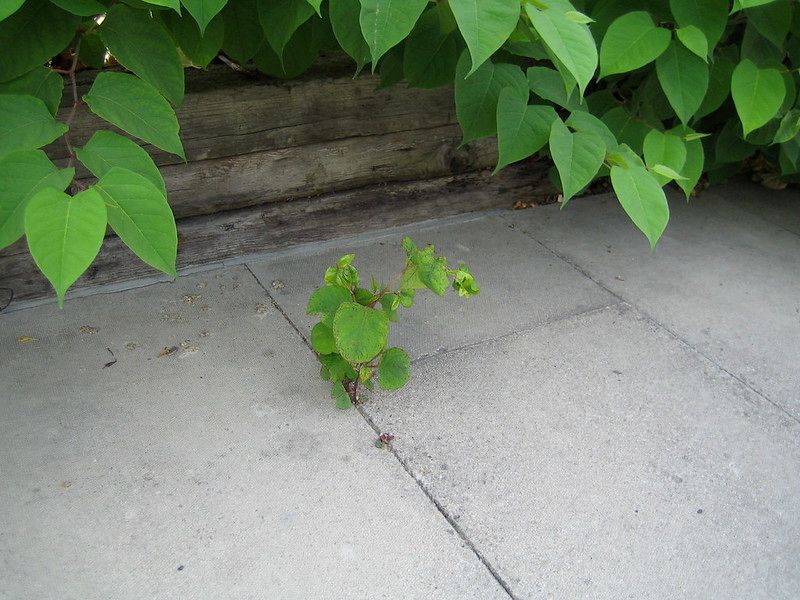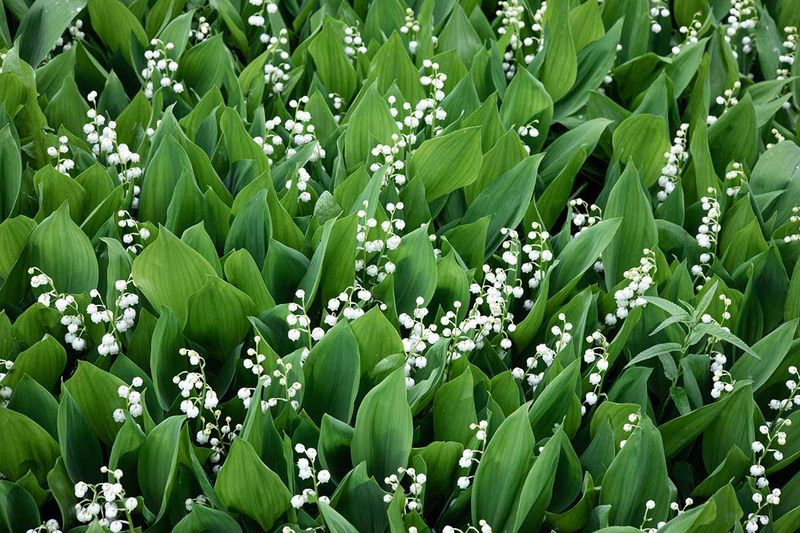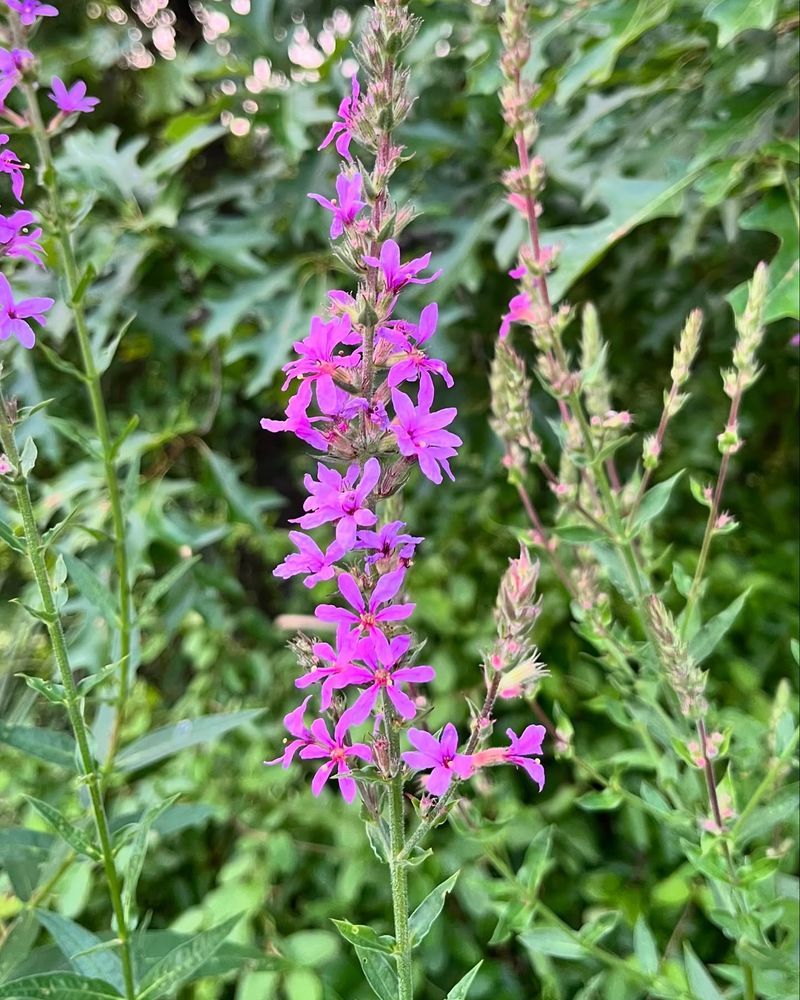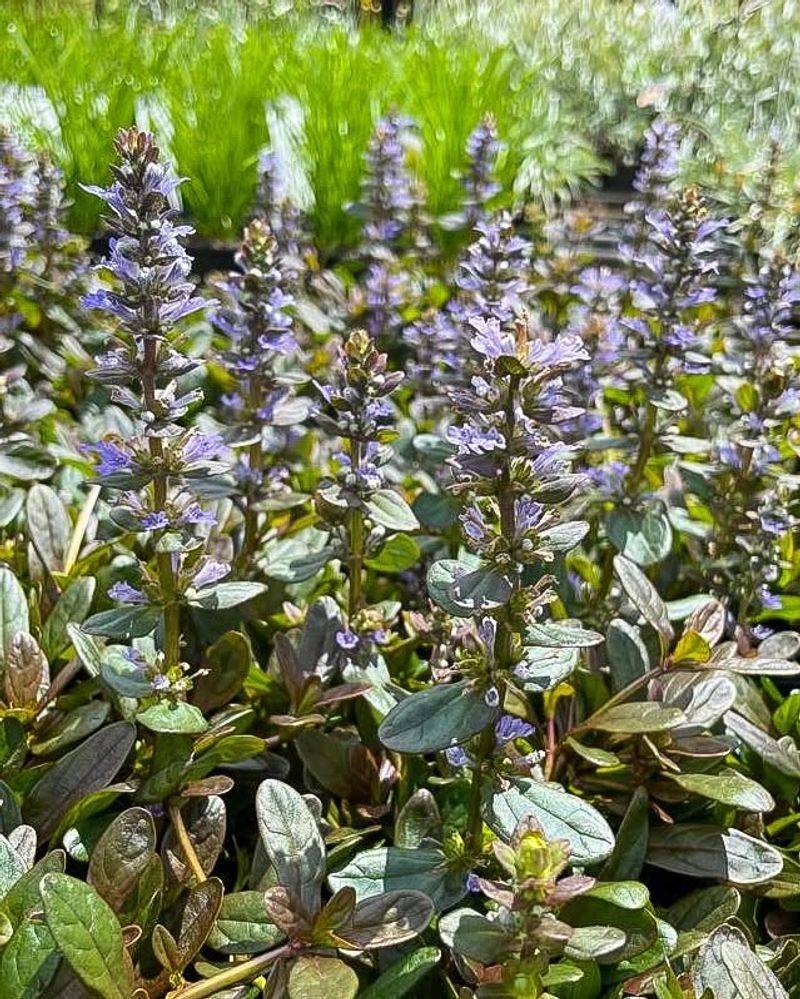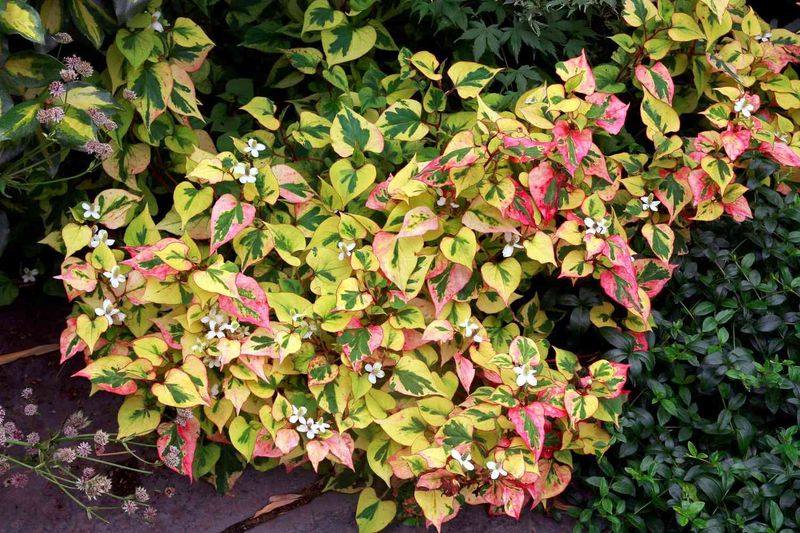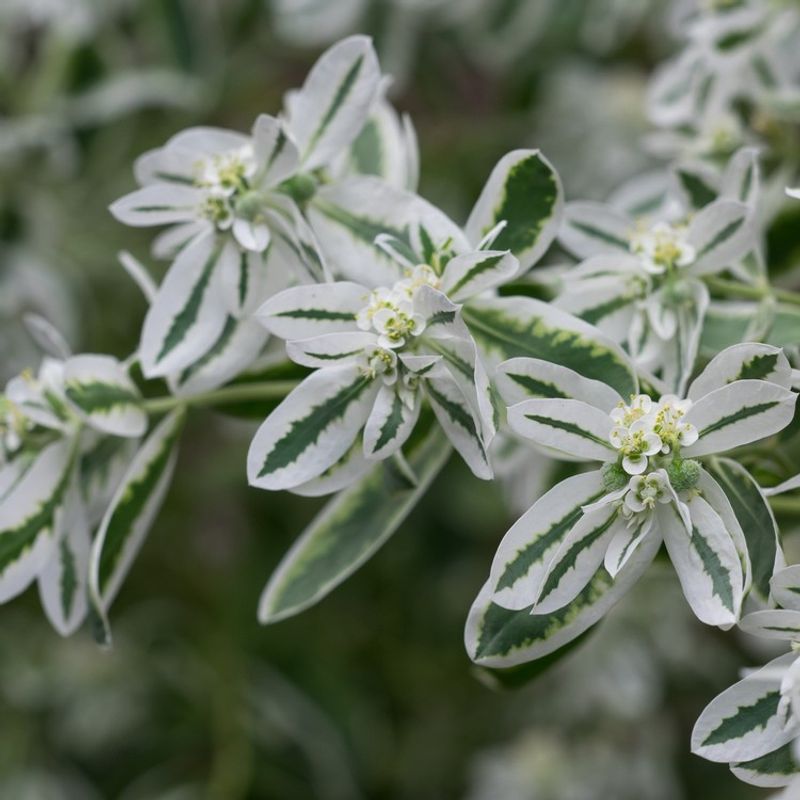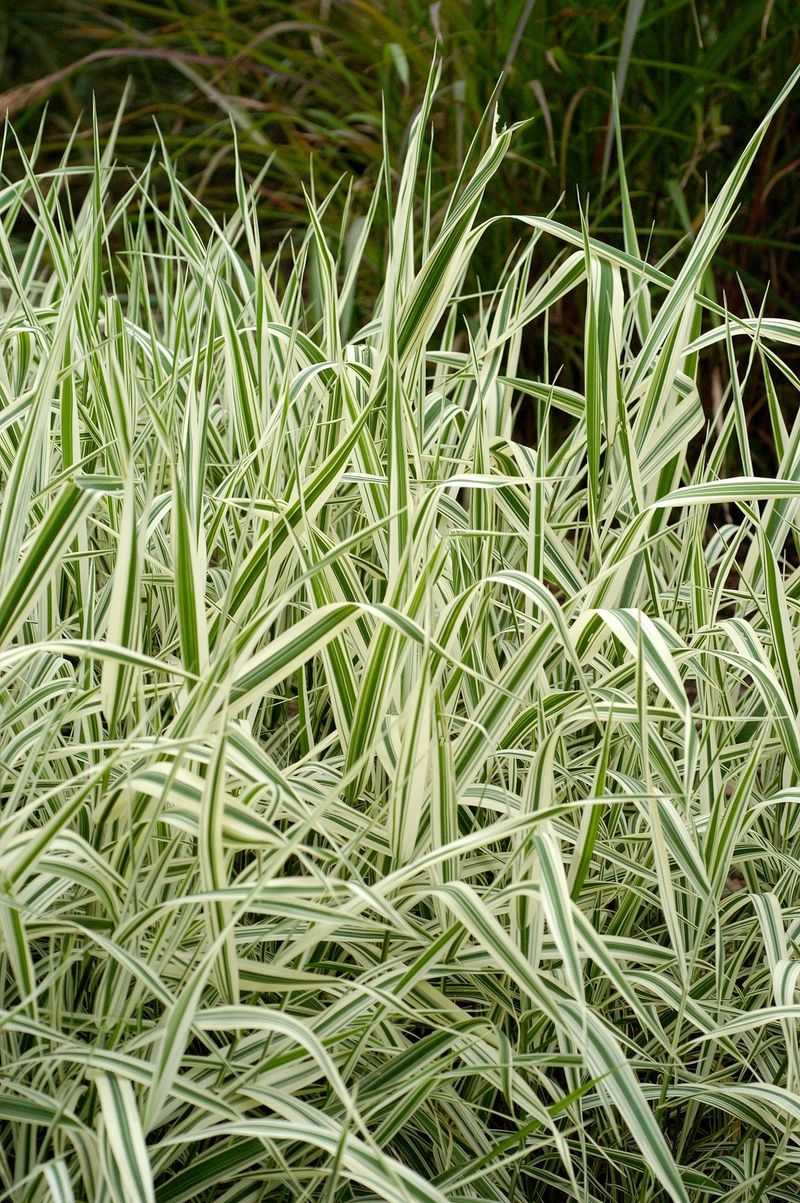Think twice before you roll out the green carpet under your trees. While ground covers may seem like a quick fix to bare soil, some of them are wolves in sheep’s clothing—stealing nutrients, choking roots, and throwing your trees under the bus.
If you want your trees to thrive, steer clear of these 16 problem plants that are more trouble than they’re worth.
1. English Ivy
English ivy might seem like a dream solution for bare spots under trees, but this vigorous climber can actually strangle your trees. Its aerial roots dig into bark, causing damage as it climbs upward seeking sunlight.
Once established, English ivy forms dense mats that prevent water from reaching tree roots. The thick coverage also creates perfect hiding spots for pests like rats and mice that might damage your tree’s bark.
2. Japanese Pachysandra
Looking innocent with its neat, evergreen appearance, Japanese pachysandra hides an aggressive nature beneath its glossy leaves. When planted under trees, it forms impenetrable mats that prevent natural leaf decomposition and nutrient cycling.
The thick growth blocks rainfall from reaching tree roots. During droughts, pachysandra competes fiercely with your tree for every drop of water, potentially weakening the tree’s health over time.
3. Bamboo Varieties
Bamboo’s exotic appeal quickly turns into a gardener’s nightmare when planted near trees. Running bamboo varieties send underground rhizomes in all directions, invading the tree’s root zone and stealing vital resources.
The dense root system competes directly with tree roots for water and nutrients. Even clumping bamboo varieties eventually expand, creating dry soil conditions that stress trees during hot weather.
4. Mint Family Plants
Mint’s refreshing scent and culinary uses make it tempting, but placing any mint family member under trees spells trouble. These plants spread rapidly through underground runners, creating competition for your tree’s root system.
Peppermint, spearmint, and their relatives demand substantial water and nutrients. Their shallow but dense root networks intercept rainwater before it reaches deeper tree roots, potentially leading to drought stress for your beloved trees.
5. Aggressive Grasses
Certain ornamental grasses might seem like perfect tree companions, but varieties like ribbon grass and pampas grass become fierce competitors. Their extensive root systems wage underground battles with tree roots for nutrients and moisture.
Many aggressive grasses also produce allelopathic compounds that inhibit tree growth. The tall nature of ornamental grasses creates additional problems by blocking sunlight from reaching lower tree branches and understory plants.
6. Creeping Jenny
With its cheerful yellow flowers and spreading habit, creeping Jenny appears innocent but quickly becomes problematic under trees. This fast-growing ground cover forms dense mats that prevent water penetration and natural leaf decomposition.
The plant’s vigorous nature means it will climb up tree trunks if given the chance. In shady conditions, creeping Jenny stretches toward light sources, becoming leggy and less attractive while still causing problems for your trees.
7. Vinca (Periwinkle)
Vinca’s pretty purple flowers mask its aggressive nature when planted near trees. This seemingly innocent ground cover creates a thick mat that prevents water from reaching tree roots during critical growing seasons.
Once established, vinca’s dense network of stems and roots makes it nearly impossible for tree seedlings to establish. In many regions, it’s considered invasive as it escapes gardens and threatens forest ecosystems by crowding out native plants.
8. Bishop’s Weed (Goutweed)
Bishop’s weed features attractive variegated foliage that lures unsuspecting gardeners, but its thuggish behavior makes it a terrible tree companion. This plant spreads rapidly through underground rhizomes, forming colonies that outcompete even established trees for resources.
The dense leaf canopy prevents rainwater from reaching soil. Once established, bishop’s weed is nearly impossible to eradicate without damaging tree roots, making it one of the worst choices for planting near valuable trees.
9. Japanese Knotweed
Among the most destructive plants you could place near trees, Japanese knotweed’s innocent bamboo-like appearance hides its true nature. This plant’s incredibly strong roots can damage tree root systems and even crack concrete foundations.
Japanese knotweed grows at an alarming rate, up to 4 inches daily during summer. Its dense growth creates deep shade that prevents tree seedlings from establishing, while its aggressive roots compete directly with trees for every resource in the soil.
10. Lily of the Valley
Despite its delicate appearance and sweet fragrance, lily of the valley becomes a garden bully when planted under trees. This seemingly innocent spring flower spreads aggressively through underground rhizomes, forming dense colonies that choke out other plants.
The plant’s thick root mat competes directly with tree roots for nutrients and water. As a bonus warning: all parts of lily of the valley are highly toxic, making it particularly problematic in gardens where children or pets play.
11. Purple Loosestrife
Purple loosestrife’s stunning violet flower spikes catch many gardeners’ eyes, but this beauty becomes a beast near trees. In moist areas under trees, loosestrife establishes quickly and outcompetes native vegetation through its prolific seed production and spreading root system.
A single plant can produce over two million seeds annually. When planted near trees, purple loosestrife alters soil hydrology and nutrient cycling, potentially harming the tree’s long-term health while creating a maintenance nightmare.
12. Ajuga (Bugleweed)
Ajuga’s attractive blue flower spikes and spreading habit make it popular, but this ground cover becomes problematic under trees. The plant forms incredibly dense mats that prevent water from penetrating soil and reaching tree roots during crucial growing periods.
While shade-tolerant, ajuga competes aggressively for available moisture. Its thick growth also prevents natural leaf decomposition, interrupting the nutrient cycle that would normally benefit your trees through the breakdown of fallen leaves.
13. Chameleon Plant
Chameleon plant’s colorful heart-shaped leaves with pink, cream, and green variegation entice gardeners, but this beauty quickly becomes a beast. Once established under trees, its aggressive underground runners spread relentlessly, competing with tree roots for every drop of water.
The plant’s aromatic foliage contains compounds that may inhibit growth of nearby plants. Many gardeners report that chameleon plant is nearly impossible to eradicate once established, making it one of the worst choices for tree understory planting.
14. Yellow Archangel
Yellow archangel’s silver-splashed leaves and yellow flowers make it appealing, but this lamium relative becomes a forest menace. When planted under trees, it spreads rapidly by both seeds and stems that root wherever they touch soil.
The plant forms thick mats that prevent tree seedlings from establishing. In many regions, yellow archangel has escaped gardens to invade natural areas, where it outcompetes native woodland plants that would normally support healthy forest ecosystems.
15. Snow-on-the-Mountain
Snow-on-the-mountain’s striking white-edged foliage catches the eye, but this euphorbia relative causes multiple problems when planted under trees. The plant contains toxic white sap that can cause skin irritation and eye damage during garden maintenance.
Beyond its toxicity, snow-on-the-mountain spreads aggressively through both seeds and roots. It competes directly with trees for soil moisture during dry periods, potentially stressing your trees when they need resources most.
16. Ribbon Grass
Ribbon grass features attractive white-striped foliage that sways gracefully in the breeze, but this ornamental grass becomes a nightmare under trees. Its aggressive rhizomes spread rapidly, invading tree root zones and competing for vital resources.
The grass forms dense colonies that are nearly impossible to remove without damaging tree roots. In many regions, ribbon grass has escaped cultivation to become a serious environmental weed, crowding out native vegetation in both woodland and wetland habitats.

